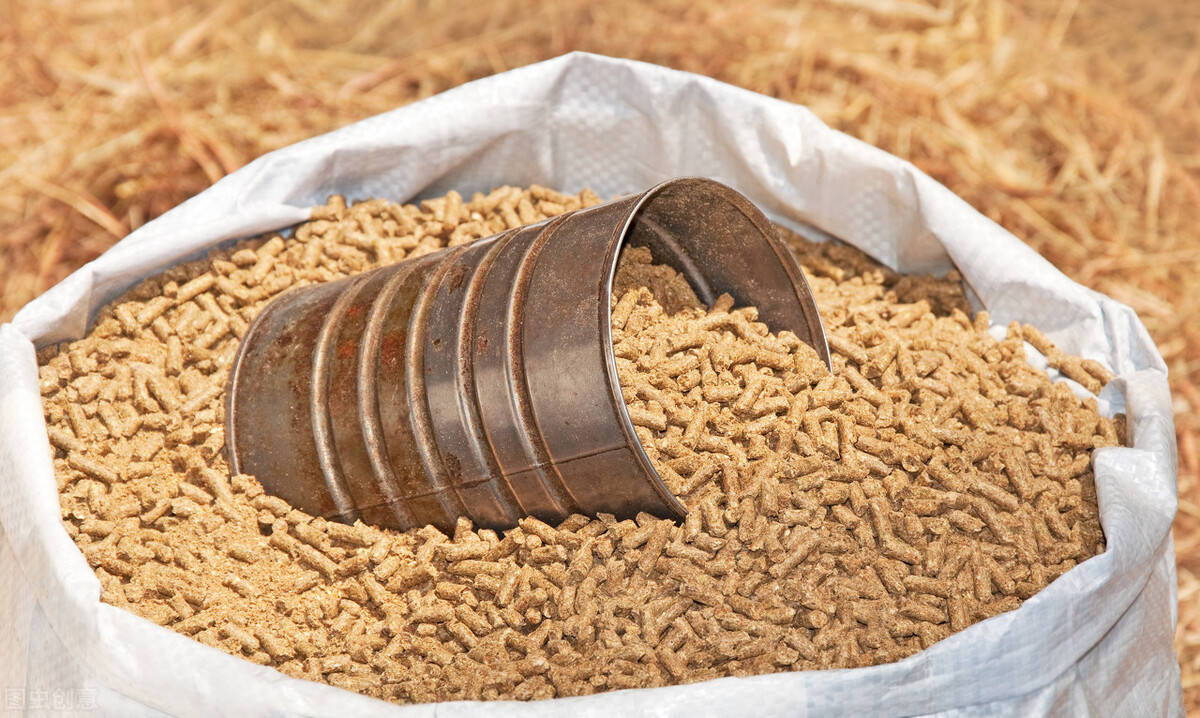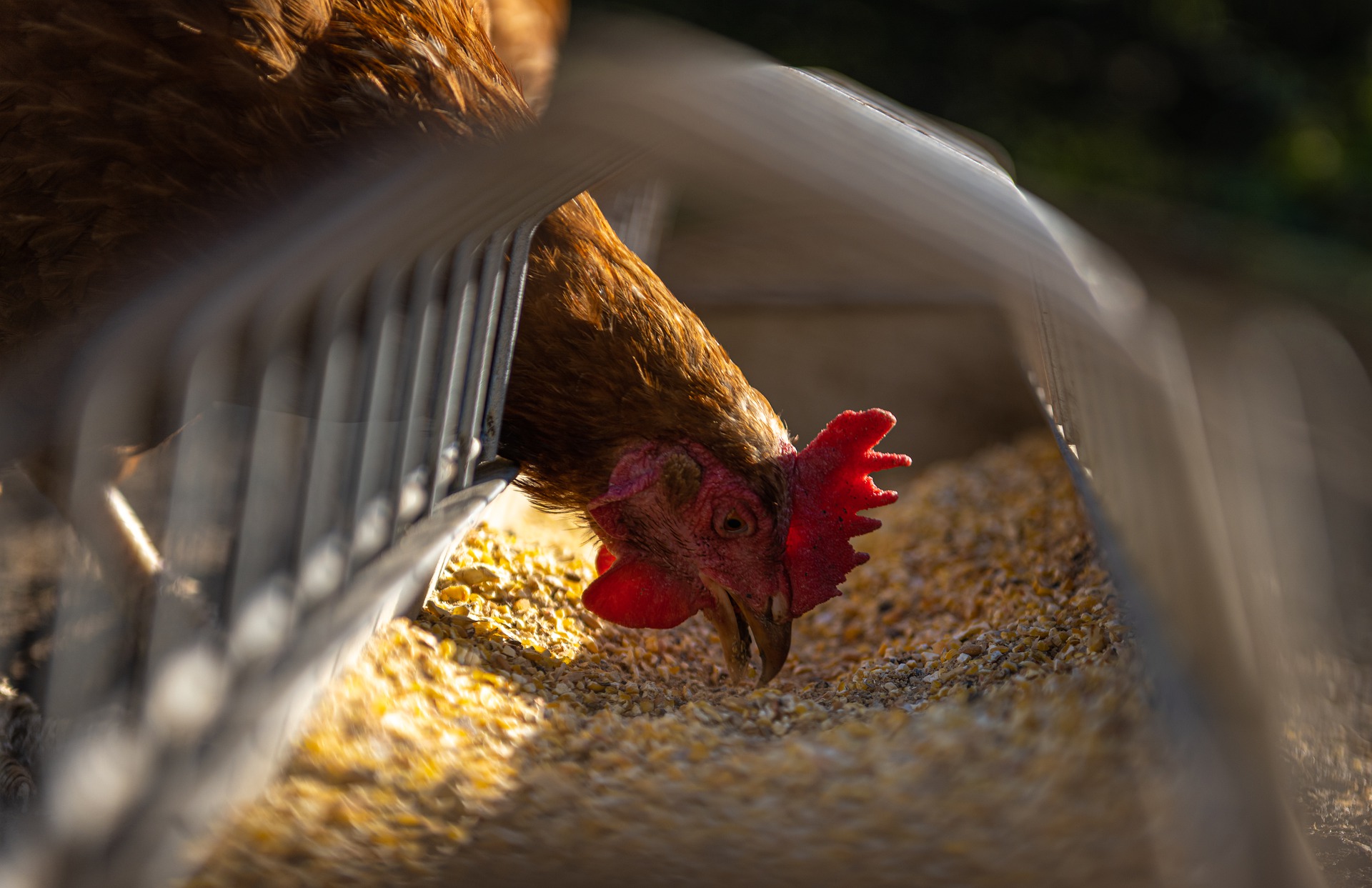Feed mildew is caused by mold. When the raw material humidity is appropriate, mold will multiply in large quantities, leading to feed mildew. After feed mildew, its physical and chemical properties will change, with Aspergillus flavus causing greater harm.
1. Anti mold measures:
(1) Control humidity Control humidity refers to controlling the moisture in the feed and the relative humidity of the storage environment. The key to anti mold measures for grain feed is to quickly reduce its moisture content to a safe range within a short period of time after harvest. Generally, peanut kernels are below 8%, corn is below 12.5%, and grain moisture content is below 13%. Therefore, mold is not suitable for reproduction, so this moisture content is called safe moisture. The safe moisture content of various feeds varies. In addition, safe moisture content is also negatively correlated with storage temperature.
(2) Controlling the temperature to below 12 ℃ can effectively control mold reproduction and toxin production.
(3) To prevent insect bites and rodent infestation, mechanical and chemical control methods should be used to treat grain storage pests, and attention should be paid to rodent prevention, as insect or rodent bites can damage grain grains, making it easier for mold to reproduce and cause moldy growth.
(4) Feed raw materials and formula feed processed with anti mold agents are highly susceptible to mold, so anti mold agents can be used to control mold during processing. Commonly used fungicides are organic acids and salts, among which propionic acid and salts are widely used.
2. Detoxification measures
After the feed is contaminated with fungal toxins, efforts should be made to destroy or remove the toxins. The commonly used methods are as follows:
(1) Remove mold particles
Toxins are mainly concentrated in damaged, moldy, discolored, and insect eaten grains. To greatly reduce the toxin content, these grains can be selected. Use manual or mechanical methods to first select the feed, remove moldy feed, and then further dry the moldy feed to achieve the goal of detoxification and mold prevention.
(2) Heat treatment
For soybean cake and seed meal raw materials, 48% -61% of Aspergillus flavus B1 and 32% -40% of Aspergillus flavus C1 can be destroyed by baking at 150 ℃ for 30 minutes or microwave heating for 8~9 minutes.
(3) Water washing
Repeated soaking and rinsing with clean water can remove water-soluble toxins. Granular raw materials such as soybeans and corn can be rinsed with clean water after crushing or repeatedly rinsed with 2% Limewater to remove mycotoxins.
(4) Adsorption method
Adsorbents such as activated carbon and white clay can adsorb fungal toxins, reducing their absorption by the gastrointestinal tract.
The consumption of contaminated feed by livestock and poultry can lead to a series of phenomena such as growth inhibition, decreased feed intake, and digestive system disorders, which can seriously affect economic benefits. It is necessary to pay attention to prevention and control.
Post time: Aug-03-2023







